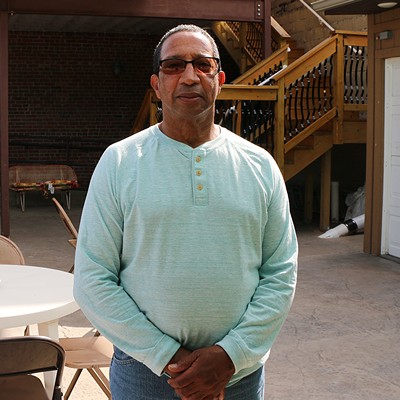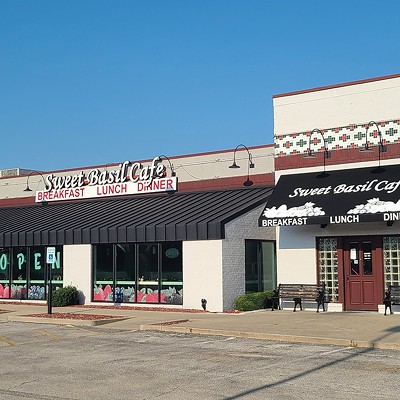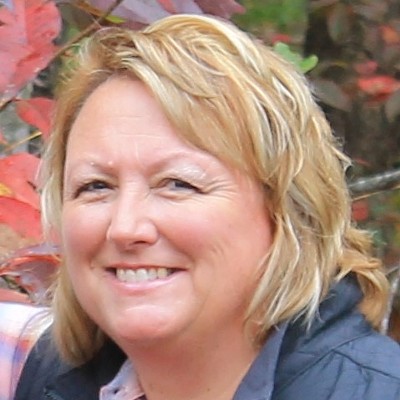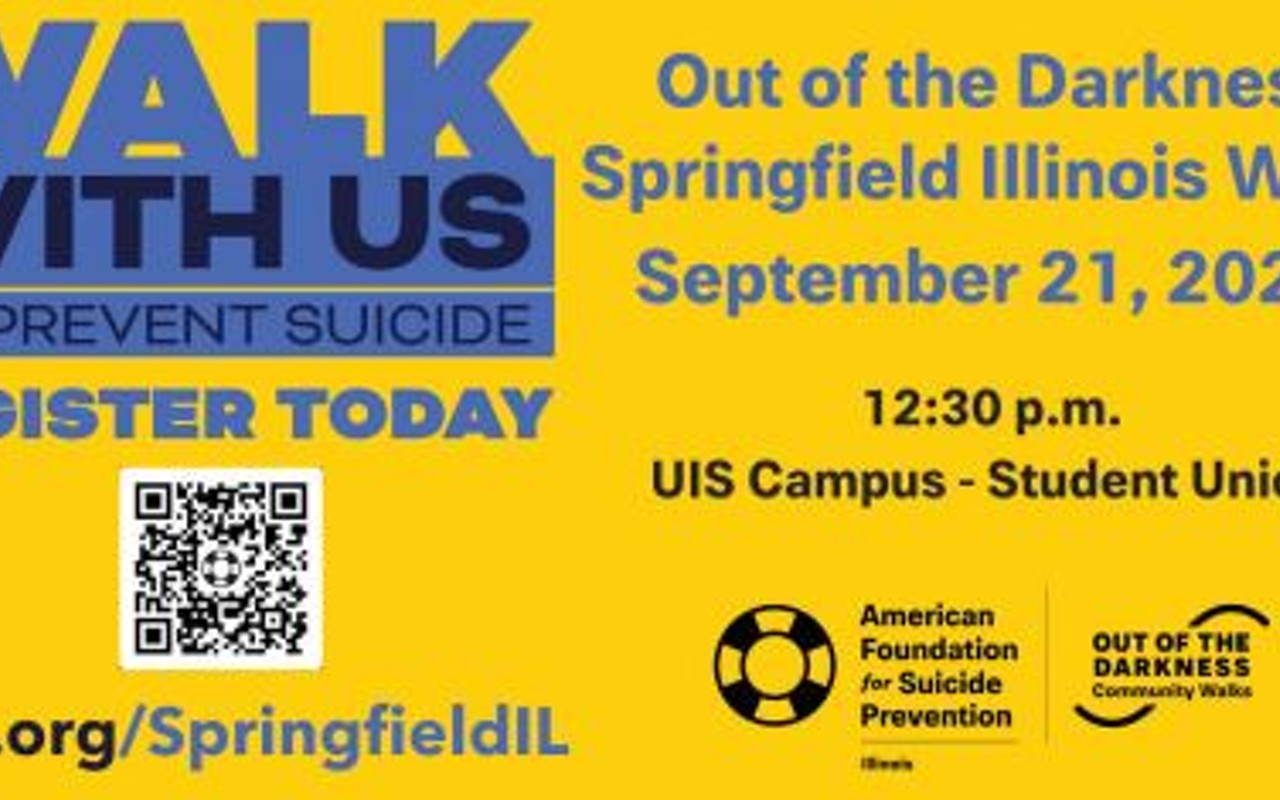Dodging silent killers
Screening for stroke can save your life
[
{
"name": "Air - MedRect Combo - Inline Content 1",
"component": "11490391",
"insertPoint": "3",
"requiredCountToDisplay": "1",
"parentWrapperClass": "fdn-ads-inline-content-block"
},{
"name": "Air - MedRect Combo - Inline Content 2",
"component": "11490392",
"insertPoint": "7",
"requiredCountToDisplay": "5",
"parentWrapperClass": "fdn-ads-inline-content-block"
},{
"name": "Air - MedRect Combo - Inline Content 3",
"component": "11490393",
"insertPoint": "12",
"requiredCountToDisplay": "9",
"parentWrapperClass": "fdn-ads-inline-content-block"
}
]
When Roy Wilkerson saw an ad last summer offering four screening tests for stroke and related illnesses for a total of only $120, the 83-year-old Springfield resident thought: “Why not?” Although his father died of heart disease at the age of 85, Wilkerson, who only occasionally suffered the minor aches and pains people his age often endure, figured he had nothing to worry about.
Upon completing the screenings, conducted by the Iowa–based Stroke Detection Plus (SDP) at the Springfield Red Cross, Wilkerson found that he had plenty to worry about. His right carotid artery, located in the neck, was blocked 98 percent. “I was told to get to my doctor immediately,” reports Wilkerson. Having lost his wife to heart disease four years ago, Wilkerson immediately called his wife’s cardiologist, who, upon further testing, discovered that an artery in his heart was blocked 70 percent. About one week after having the screenings, Wilkerson had surgery to repair his heart, followed by surgery on his carotid artery.
Today — three months later — Wilkerson is “extremely happy” that he had the screenings, and credits SDP with saving his life. “I was really close to having a stroke. The screenings bought me some time.”
A quick look at the statistics and you begin to see the benefits of screening for stroke and related illnesses. Strokes are the third leading cause of death in the U.S. Abdominal aortic aneurysms — abnormal enlarging of the vessel responsible for blood flow to all vital organs — annually kill about 25,000 Americans. An estimated 2 million Americans are annually diagnosed with peripheral artery disease (PAD), commonly known as hardening of the arteries. It is the leading cause of amputations. And osteoporosis and low bone mass are major public health threats for approximately 55 percent of Americans age 50 and older.
These conditions generally act as ticking time bombs, invading a person’s body but producing symptoms that are either undetected or written off as something fairly minor. Many don’t have any warning signs until it’s too late.
“There has been a huge increase in cardiovascular incidents across the country,” states SDP founder and president Scott McGlothlen, whose company travels the Midwest offering screenings for nominal fees — one test for $40, three for $100, and all four for $120. “When you look at all of these areas, they can be identified before they become critical,” he says. And the best thing about it, stresses McGlothlen, is that once they are identified, the individuals can be treated without losing quality of life.
According to McGlothlen, stroke, osteoporosis, PAD, and abdominal aortic aneurysm generally begin to strike when individuals turn age 50. “If we consider the fact that every seven seconds someone turns 50, then we begin to see why the numbers of these incidents are on the rise,” states McGlothlen, adding that the risks double after the age of 55, and continues to double every 10 years thereafter. But McGlothlen says that there is good news. In most cases, these illnesses are preventable.
So far this year, SDP has made nearly a dozen trips to Springfield, and have screened about 400 residents. McGlothlen says nearly 90 percent of those screened will be in the “normal” range, with about 1 to 3 percent immediately referred to a doctor for follow-up. Most of those will have surgery within 24 hours.
An SDP screening will take place on Nov. 18 at the Springfield Red Cross from 8 a.m. to 3 p.m. Appointments, which are required, can be made at 877-732-8258.
Contact Jolonda Young at [email protected].
Upon completing the screenings, conducted by the Iowa–based Stroke Detection Plus (SDP) at the Springfield Red Cross, Wilkerson found that he had plenty to worry about. His right carotid artery, located in the neck, was blocked 98 percent. “I was told to get to my doctor immediately,” reports Wilkerson. Having lost his wife to heart disease four years ago, Wilkerson immediately called his wife’s cardiologist, who, upon further testing, discovered that an artery in his heart was blocked 70 percent. About one week after having the screenings, Wilkerson had surgery to repair his heart, followed by surgery on his carotid artery.
Today — three months later — Wilkerson is “extremely happy” that he had the screenings, and credits SDP with saving his life. “I was really close to having a stroke. The screenings bought me some time.”
A quick look at the statistics and you begin to see the benefits of screening for stroke and related illnesses. Strokes are the third leading cause of death in the U.S. Abdominal aortic aneurysms — abnormal enlarging of the vessel responsible for blood flow to all vital organs — annually kill about 25,000 Americans. An estimated 2 million Americans are annually diagnosed with peripheral artery disease (PAD), commonly known as hardening of the arteries. It is the leading cause of amputations. And osteoporosis and low bone mass are major public health threats for approximately 55 percent of Americans age 50 and older.
These conditions generally act as ticking time bombs, invading a person’s body but producing symptoms that are either undetected or written off as something fairly minor. Many don’t have any warning signs until it’s too late.
“There has been a huge increase in cardiovascular incidents across the country,” states SDP founder and president Scott McGlothlen, whose company travels the Midwest offering screenings for nominal fees — one test for $40, three for $100, and all four for $120. “When you look at all of these areas, they can be identified before they become critical,” he says. And the best thing about it, stresses McGlothlen, is that once they are identified, the individuals can be treated without losing quality of life.
According to McGlothlen, stroke, osteoporosis, PAD, and abdominal aortic aneurysm generally begin to strike when individuals turn age 50. “If we consider the fact that every seven seconds someone turns 50, then we begin to see why the numbers of these incidents are on the rise,” states McGlothlen, adding that the risks double after the age of 55, and continues to double every 10 years thereafter. But McGlothlen says that there is good news. In most cases, these illnesses are preventable.
So far this year, SDP has made nearly a dozen trips to Springfield, and have screened about 400 residents. McGlothlen says nearly 90 percent of those screened will be in the “normal” range, with about 1 to 3 percent immediately referred to a doctor for follow-up. Most of those will have surgery within 24 hours.
An SDP screening will take place on Nov. 18 at the Springfield Red Cross from 8 a.m. to 3 p.m. Appointments, which are required, can be made at 877-732-8258.
Contact Jolonda Young at [email protected].
Illinois Times has provided readers with independent journalism for almost 50 years, from news and politics to arts and culture.
Your support will help cover the costs of editorial content published each week. Without local news organizations, we would be less informed about the issues that affect our community..
Got something to say?
Send a letter to the editor and we'll publish your feedback in print!
















